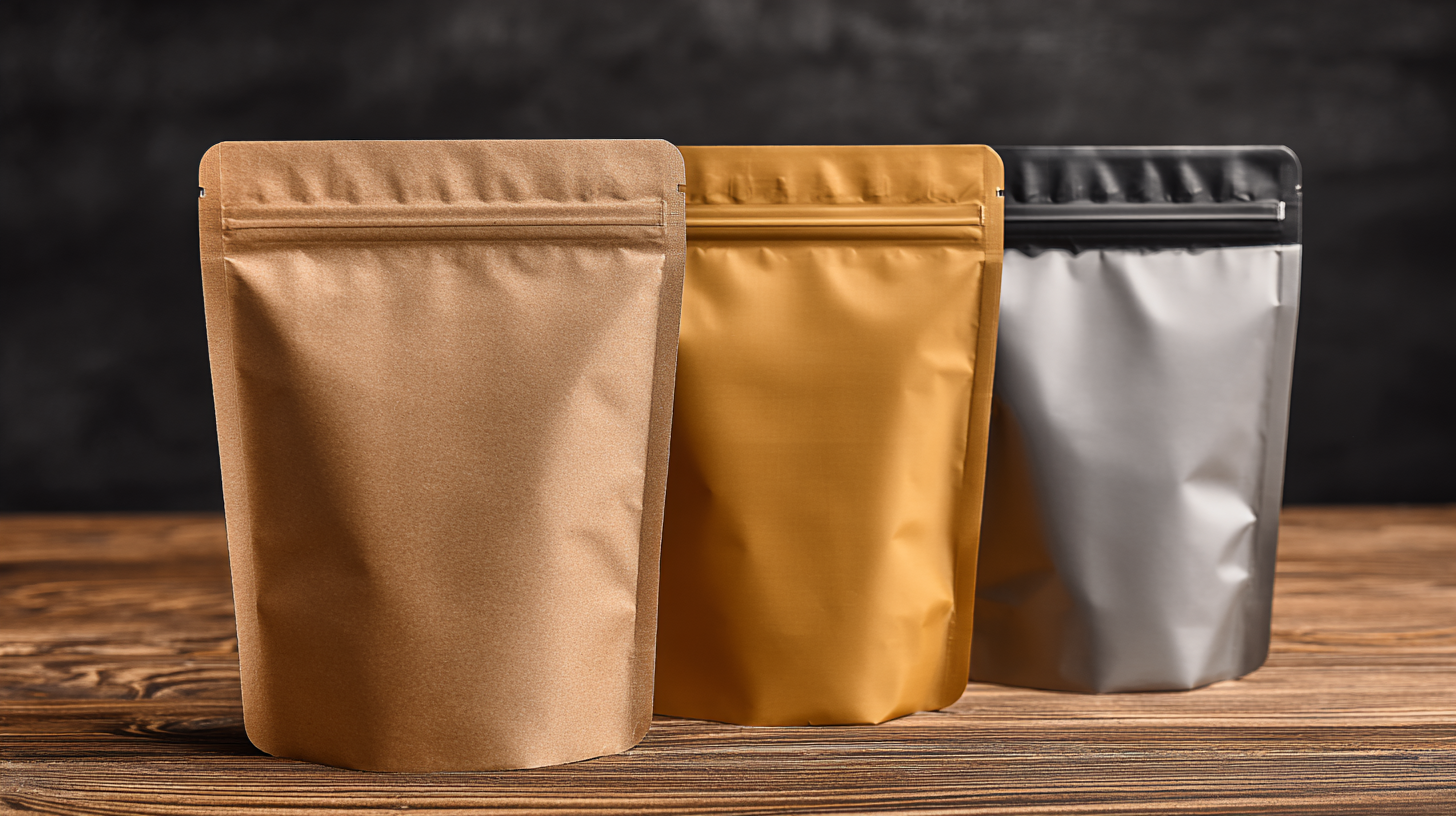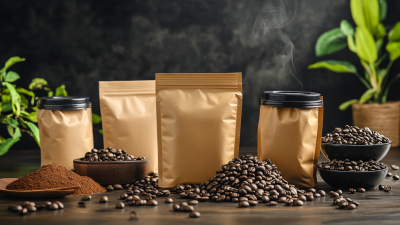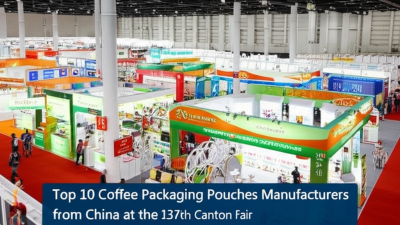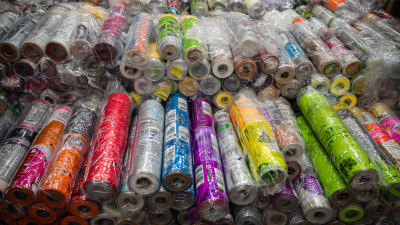- Phone:+86 15218629499
- Phone: +86 15766990063
- E-mail: Yzprinting01@163.com
In the competitive world of coffee retail, the significance of effective packaging cannot be overstated. According to a recent report by MarketsandMarkets, the global coffee packaging market is expected to reach USD 13.03 billion by 2026, growing at a CAGR of 5.5%. This growth underscores the vital role that packaging plays not only in preserving the freshness and quality of the product but also in attracting consumers. Among various packaging options, Coffee Packaging Pouches have emerged as a preferred choice due to their lightweight, convenience, and ability to maintain aroma. When choosing the right pouches, factors such as material, seal integrity, and design must be carefully considered. This blog will explore seven essential tips to guide you in selecting the most suitable Coffee Packaging Pouches that align with both your brand identity and customer preferences.
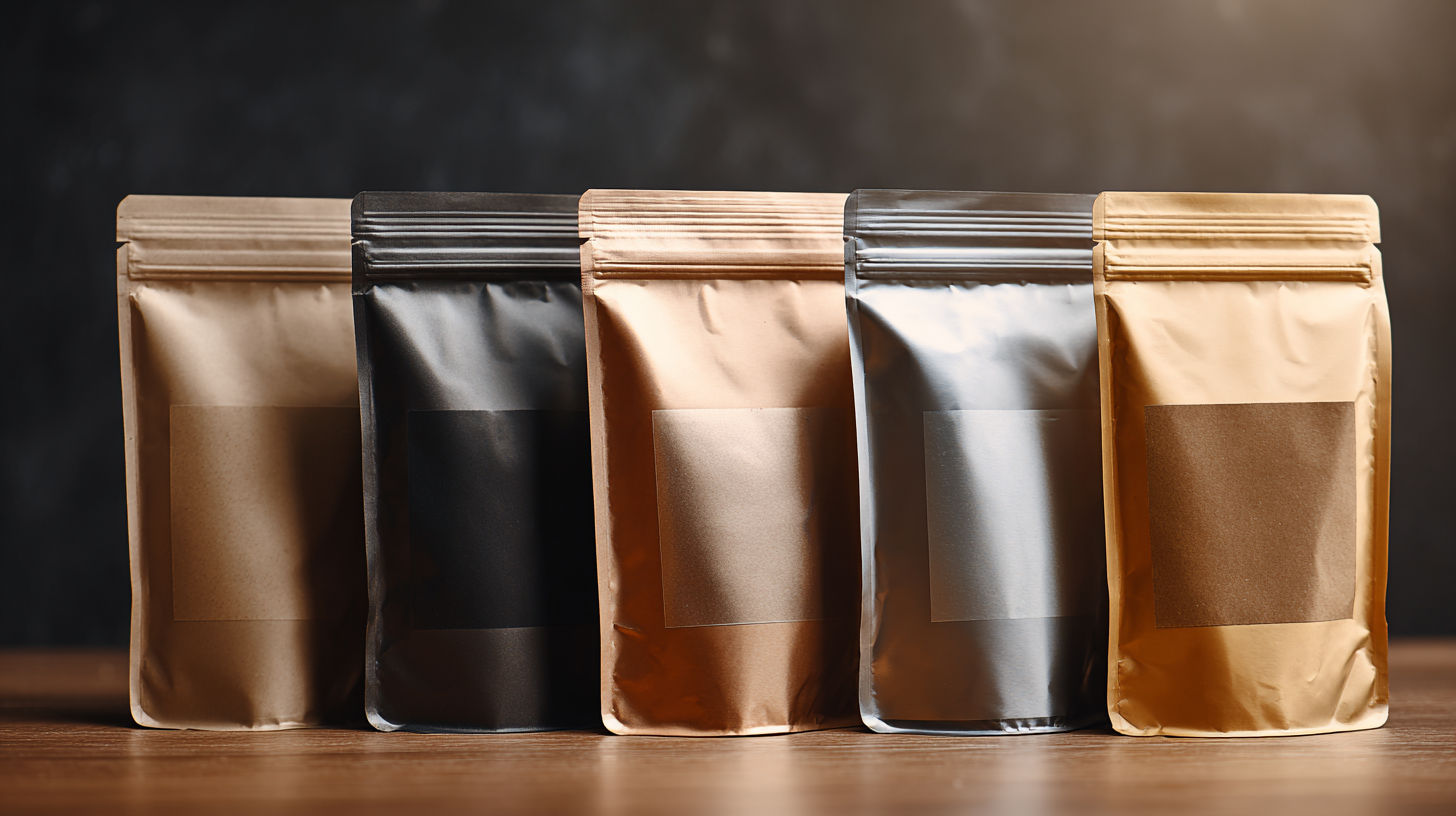
When it comes to selecting the right coffee packaging material, understanding the various types can significantly influence the quality and freshness of your product. Coffee packaging options typically include kraft paper, plastic, and aluminum foil.
Kraft paper is biodegradable and allows the coffee to breathe, which is ideal for products that are sold quickly. However, it may not provide the best barrier against moisture and light, which can affect the flavor over time.
On the other hand, plastic pouches are lightweight and flexible, making them a popular choice for many brands. They can be lined with barrier films to protect the coffee from air exposure and light, but some consumers prefer more eco-friendly options.
Aluminum foil pouches stand out for their excellent barrier properties against moisture, oxygen, and light, providing the highest level of protection for the coffee. While they are not biodegradable, many manufacturers are now exploring recyclable options to meet consumer demand for sustainable packaging solutions.
By carefully considering these materials, businesses can enhance their product's longevity and appeal, ensuring their coffee remains as fresh and flavorful as intended.
When selecting the right coffee packaging pouches, it's crucial to focus on key features that enhance both design and functionality. First and foremost, consider the material used for the pouches. A high-barrier material is essential for preserving the freshness and flavor of coffee, protecting it from light, moisture, and air. Look for pouches made from laminated films that offer superior protection and can help extend the shelf life of your coffee products.
In addition to material, the design elements of the pouches play a pivotal role in attracting consumers. Eye-catching graphics, vibrant colors, and clear labeling can significantly influence purchasing decisions. Furthermore, functionality features like resealable closures and one-way valves not only provide convenience for the consumer but also maintain the integrity of the coffee inside.
Ensuring that your packaging reflects brand identity while also delivering practicality will create a compelling product that stands out on the shelves.
When it comes to coffee packaging, the importance of barrier properties cannot be overstated. Coffee is a delicate product that is highly susceptible to flavor degradation due to exposure to moisture, oxygen, and light. Effective packaging must feature materials that provide an airtight seal, protecting the coffee from environmental factors that can compromise its rich flavors and aromas. High-quality barrier materials, such as multi-layer films, are essential for preserving the freshness of the coffee beans from the moment they are packaged until they reach the consumer.
Another vital aspect of barrier properties in coffee packaging is their role in extending shelf life. Coffee aficionados know that a freshly roasted bean can lose its flavor within weeks if not properly stored. Packaging that incorporates advanced barrier technology not only keeps moisture and oxygen at bay, but also minimizes gas exchange, allowing for optimal preservation of essential oils and flavors. Investing in superior barrier packaging is crucial for coffee brands aiming to maintain product integrity while providing consumers with an exceptional coffee experience.
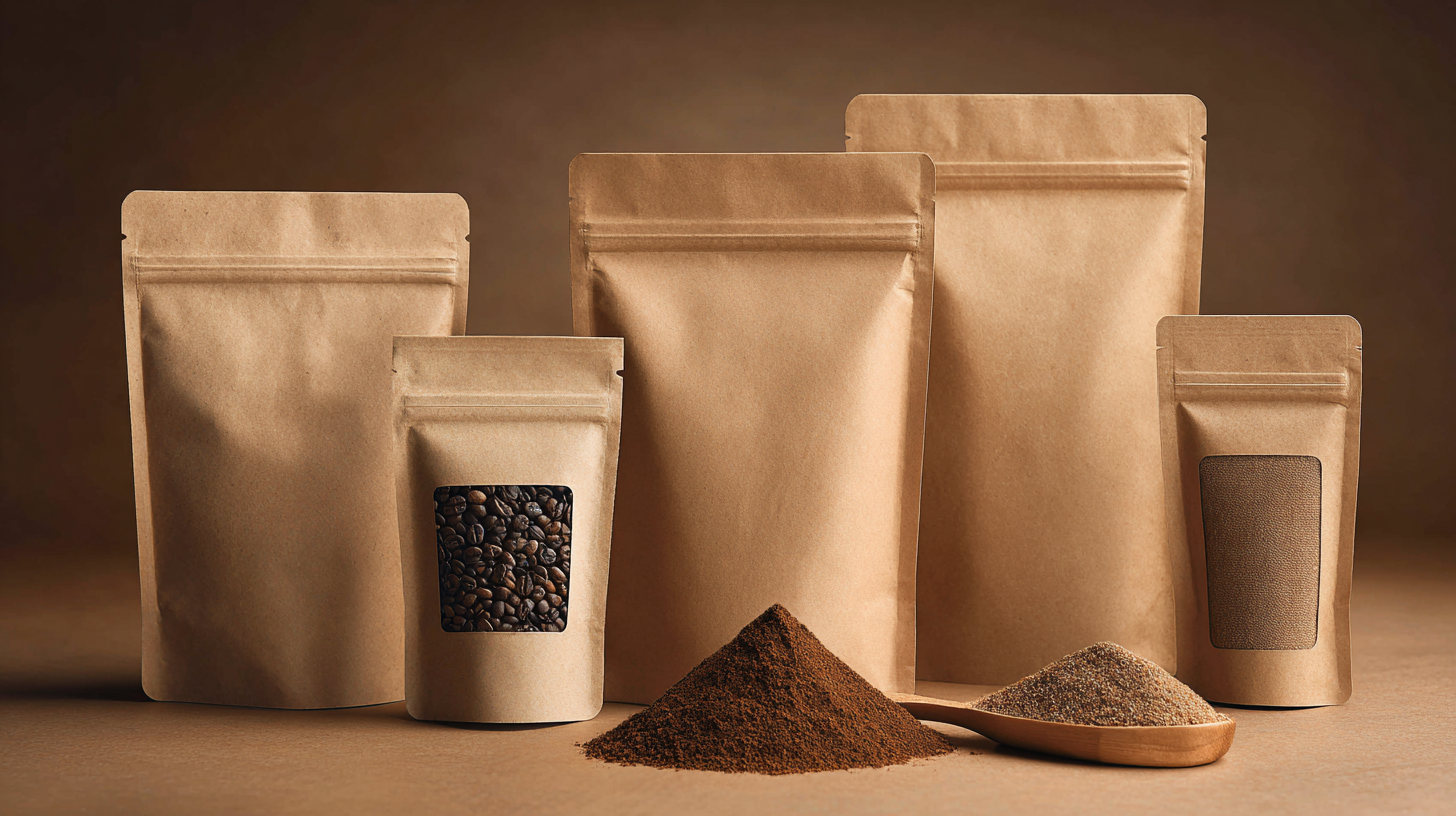
In today's competitive market, the aesthetics of coffee packaging play a crucial role in attracting consumers. As our culture increasingly emphasizes visual appeal, striking the right balance between aesthetic design and practicality in packaging is essential. In the coming years, trends such as minimalist designs, vintage aesthetics, and eccentric styles will dominate the coffee packaging landscape. Brands must thoughtfully consider how these elements resonate with their target audience while also ensuring that the packaging meets functional needs, such as preserving freshness and providing convenience.
Moreover, understanding consumer psychology can further enhance packaging strategies. Packaging is not merely a protective layer; it acts as a communication tool that conveys the brand’s identity and values. Eye-catching designs can spark curiosity and invite consumers to explore the product, while practical elements, such as resealable pouches and eco-friendly materials, cater to the growing demand for sustainability. As the coffee packaging market is projected to grow significantly through 2031, businesses that embrace innovative designs while prioritizing functionality will stand out in a bustling marketplace.
When it comes to coffee packaging, sustainability is becoming increasingly crucial. More consumers are choosing brands that prioritize eco-friendly options, prompting coffee producers to rethink their packaging choices. One popular solution is the use of biodegradable materials, which break down naturally without harming the environment. These materials, often derived from plant-based sources, offer a promising alternative to conventional plastic pouches. By opting for biodegradable packaging, coffee brands can significantly reduce their carbon footprint while appealing to environmentally conscious consumers.
Another effective approach to sustainable coffee packaging involves the use of recyclable materials. Many companies are now investing in pouches made from recyclable plastics or paper that offers similar barrier properties as traditional packaging but ensures that the material can be repurposed after use. Moreover, innovative brands are exploring compostable pouches, which can be returned to the earth, providing not just a package but also a way to enrich the soil. By integrating these eco-friendly options into their packaging strategies, coffee brands can enhance their marketability while supporting the global movement toward sustainability.
